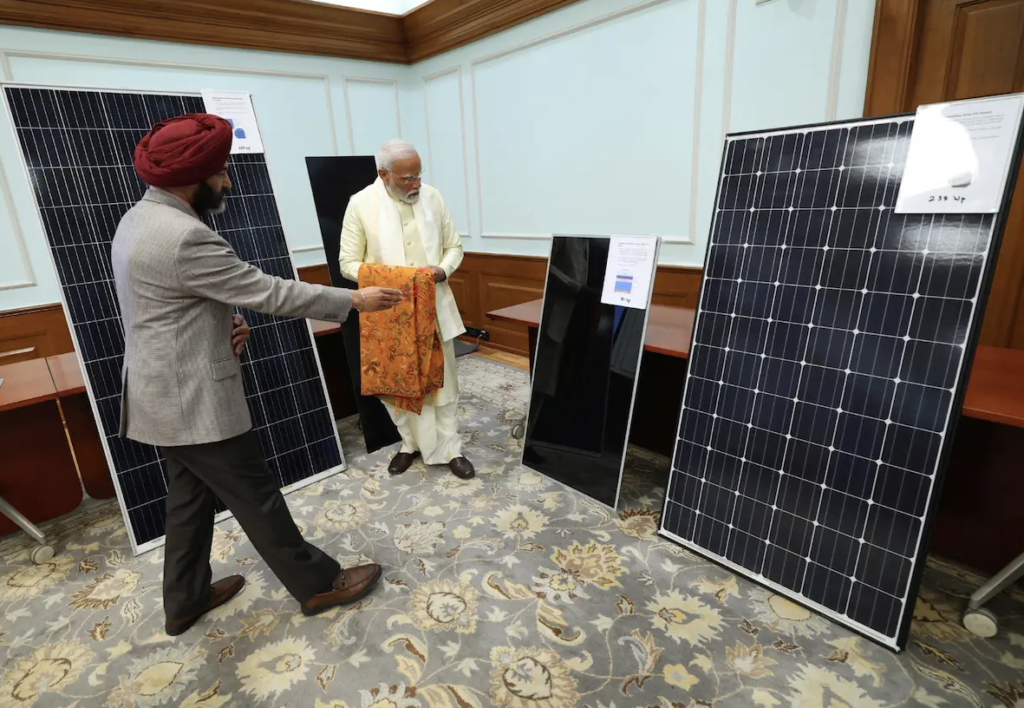New efforts to grow Indian photovoltaics
10 million domestic solar roofs to lighten household bills and make the country more independent. This is the new energy target of the Indian government. The announcement came directly from Prime Minister Narendra Modi’s Profile X on January 22, returning from the consecration of the controversial Hindu temple in the city of Ayodhya. “Today […] my decision that the Indian people should have their solar system on the roof of their homes has been further strengthened,” the premier tweeted. “The first decision I made after returning from Ayodhya is that our government will launch “Pradhanmantri Suryodaya Yojana” to install solar panels on the roofs of 10 million homes. This will not only reduce the electricity bill of the poor and the middle class but will also make India self-sufficient in the energy sector”.
Solar roofs in India, where are we?
The announcement comes a few months after the end of the “Grid-Connected Rooftop and Small Solar Power Plants” Program, launched several times by the Government to encourage one of the most ambitious goals of the National Solar Mission: the installation by 2022 of 40 GW of photovoltaic roofs. The grant program was extended until March 2026 but is currently very far from the goal.
According to the Ministry of New and Renewable Energy (MNRE), the photovoltaic capacity installed on the roofs of the country had reached 11.08 GW in December 2023. This is a huge figure for smaller and less populous countries, but it is much smaller in the Indian borders. The capacity represents, in fact, about 15% of the total of solar systems of the Asian giant.
According to industry analysis, however, it is possible to intercept a rapid growth trend that has marked recent years. Suffice it to say that in 2029 solar roofs offered cumulatively only 1.8 GW. Since then, the Indian solar roof market (not only domestic but also commercial and industrial systems) has grown steadily at a stroke of 1.9-2.2 GW per year. And in 2024 it could set a new record by adding up to 4 GW of capacity.

